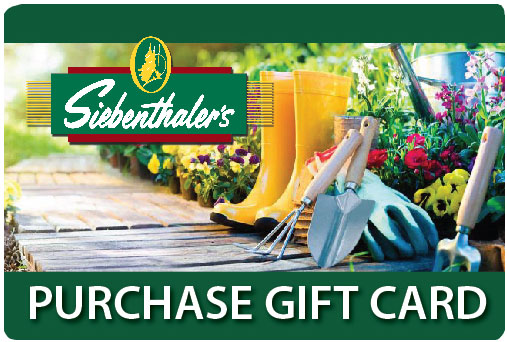Winter interest for your landscape
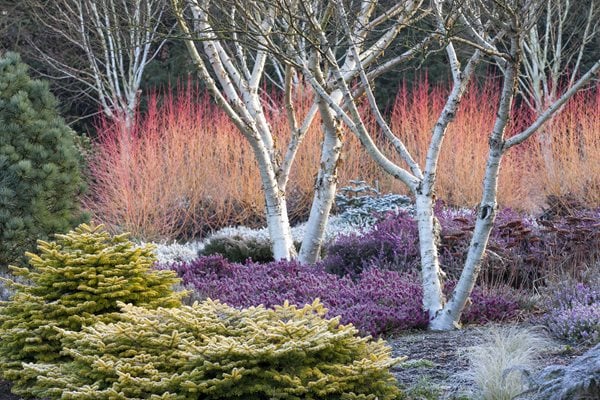
Photo: Richard Bloom
If your landscape has got the winter “blahs”, just a little attention in one of these areas can bring plenty of interest to this coldest season.
Plant some winter-interest superstars
While most plants are going dormant, a few winter stars are preparing to take center stage. Lenten roses, colored-twig dogwoods, and conifers with foliage that becomes more brilliant in winter can all help your garden shine among the bare stems.
Lenten Rose – Helleborus
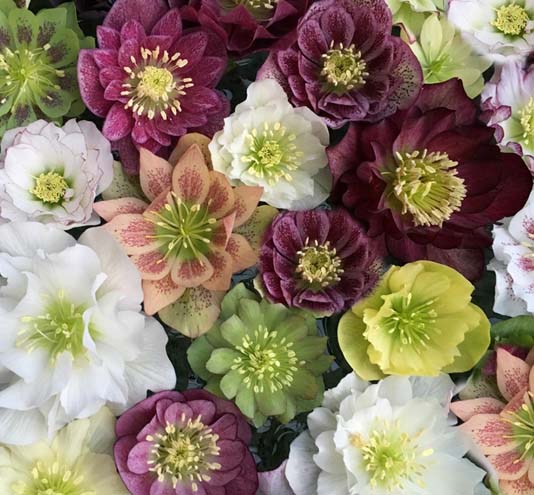
Colored twig Dogwoods – Cornus
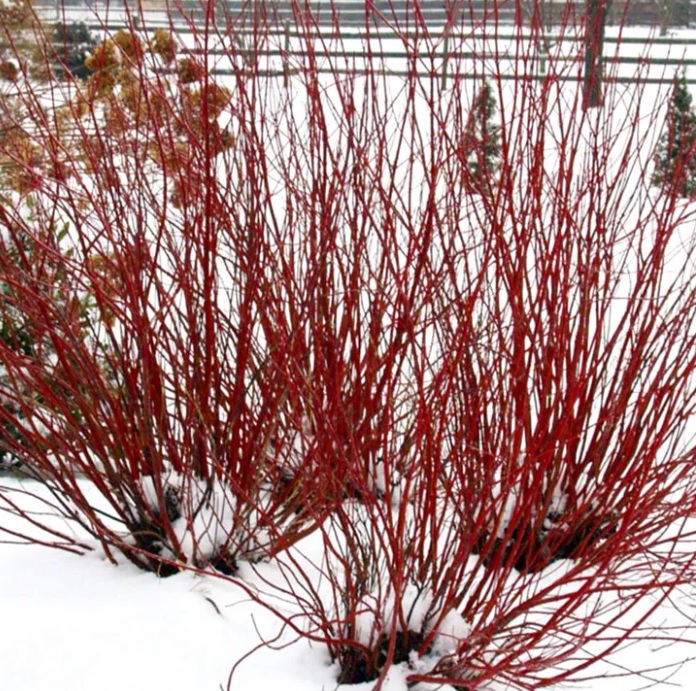
Golden False cypress – Sungold
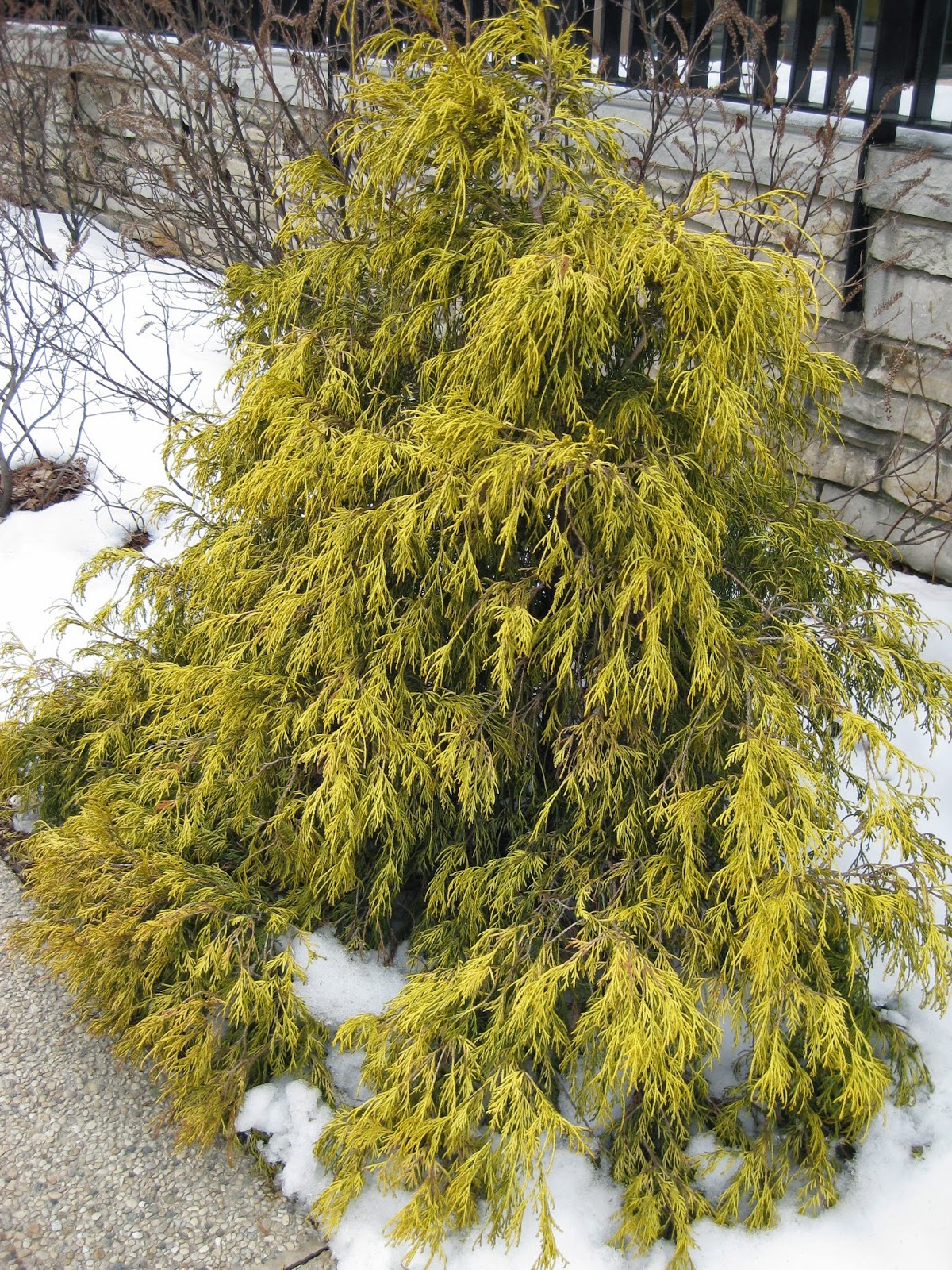
Golden False cypress is also a beautiful choice for bright winter color. They are considered an evergreen and will give any landscape a beautiful splash of Green/Yellow all year long. They really shine during the grey months of winter. There’s no need to protect false cypress from the elements; it is a large evergreen shrub that is exceptionally cold hardy. To prepare False cypress for winter, simply ensure that moisture levels are sufficient at the end of fall. This shrub could also benefit from a layer of mulch to protect the roots from extreme cold. Ensuring adequate moisture in the fall can be beneficial for the plant.
Winter Fruits and Berries
Some trees and shrubs display beautiful fruits in late summer or fall, which persist into winter. With a dazzling display of Crimson, Orange, Yellow or even Purple, their attractive fruits adorn their branches in eye-catching colors which gleam like jewels in the soft sunlight. In addition, the fruits of some species provide wild birds with high-protein food throughout the winter. If you wish to enjoy these colorful berries yourself, choose trees or shrubs with fruits that birds won’t eat until spring.
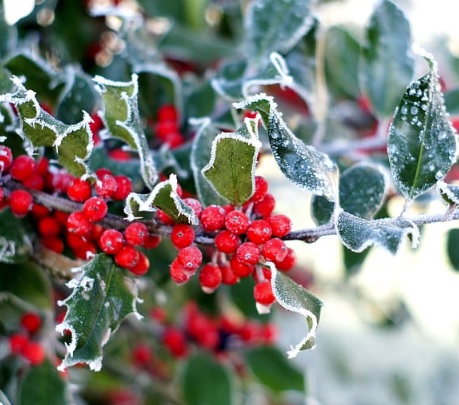
Birds Bring Activity and Color to any Landscape
Birds are the unsung heroes of the winter garden. While their antics are normally obscured by lushly-growing plants, in winter the bare stems let us watch their pecking and play. Here are a few things you can do to encourage them to frequent your garden.
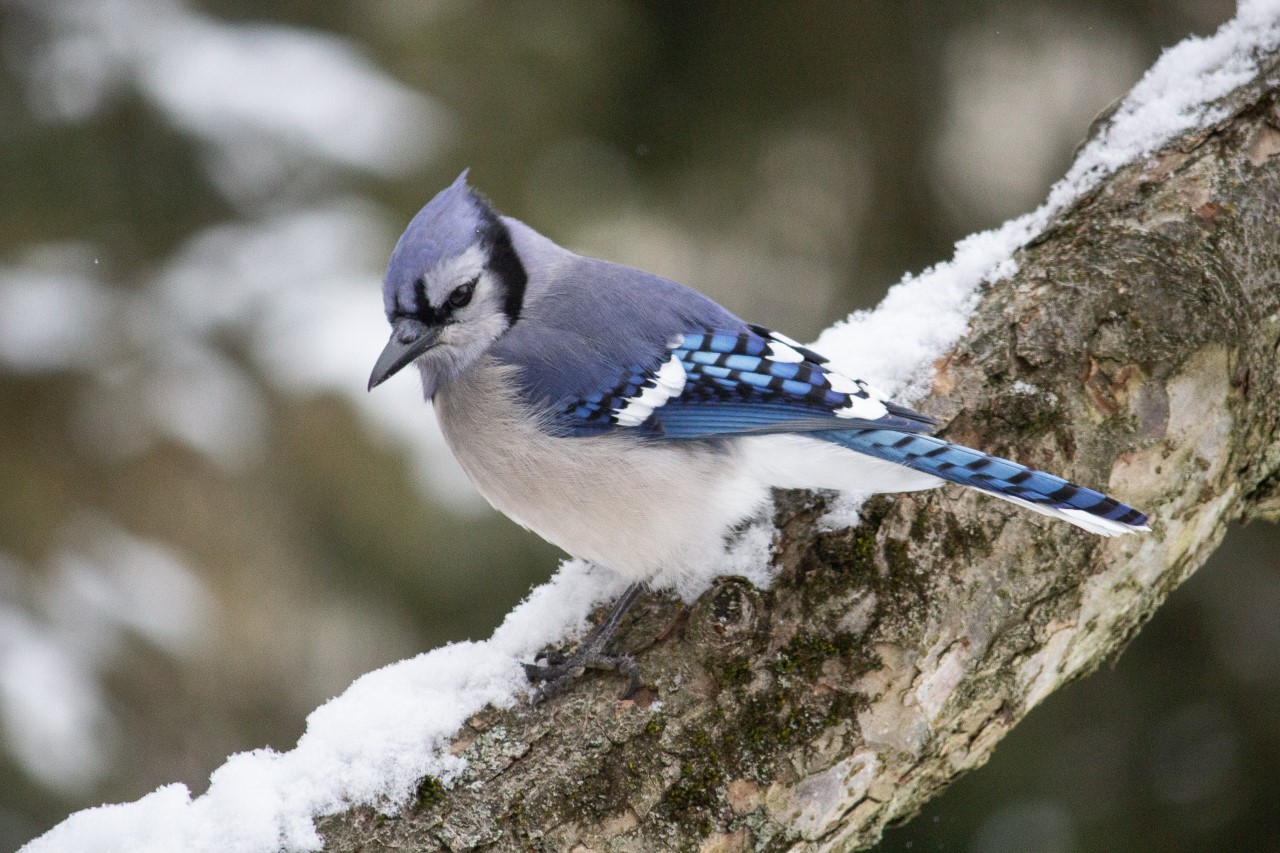
Next, provide a winter water source for birds. In areas where it snows all winter, all the available water can freeze, which makes finding drinking water a challenge for birds. You can ensure regular visits from a variety of birds by using a bird bath with a warmer, or even a simple heated dog bowl to provide a steady source of water. However, it’s important to put a layer of sticks or stones over the dish so birds can drink from the water but not take a bath, which can be dangerous when temps go below 20 degrees Fahrenheit.
By far the best way to attract birds is by planting shrubs and trees that grow native in your area. Because birds are used to finding food and shelter in the plants that grow naturally in a region, you’ll find that planting natives will attract them in greater numbers as they produce food at just the right times of year for your local birds.
You can see from these suggestions that winter has plenty of its own seasonal joys. By planting for winter interest, using pots as focal points, and attracting your local birds, you can fill the season with beauty and life.

